The sumptuous gothic tale “The Moth Diaries” is a potent meditation on female sexuality, longing, repression, and inner darkness.
The Moth Diaries (2011) has the most amazing Gothic feeling to its story, mainly from the setting.
Brangwyn, a former hotel-turned-boarding school, is the best place for a Carmilla-esque story to unfold. It’s all told through the perspective of Rebecca, who wrote about her experience in a diary.
Centuries before its time, Sheridan Le Fanu’s Carmilla was a lesbian quasi-love story that heavily influenced Bram Stoker, who later wrote the seminal Dracula.
Since Laura was a child, she was marked by Carmilla’s fangs to become hers when she matured. The mysterious stranger comes to stay with Laura, starting a controlling, at-times sexual relationship with her, confusing Laura, who views her as a friend. Any of Carmilla’s victims are explained as succumbing to her vampire nature, which is perceived as unholy and terrible (at least during this time period).
Directed by Mary Harron (American Psycho), who co-wrote with Rachel Klein, The Moth Diaries begins with a strong friendship between teenage girls Rebecca (Sarah Bolger) and Lucy (Sarah Gadon) at boarding school.
That friendship disintegrates when Ernessa Bloch (Lily Cole) comes in to ruin it all.
Ernessa is a dark, beautiful, broody, deeply mysterious character — a foil to Rebecca, who has trauma lifted by Lucy’s presence.
Immediately, Rebecca’s alarm bells are pinging that Ernessa is strange and dangerous. Those fears are escalated when the newcomer becomes fixated on Lucy.
Though Ernessa shows little interest in Rebecca, it is with her that she has the most in common.
Tragically, both of their fathers committed suicide. Ernessa also committed suicide at the hotel in the early 1900s, turning her into a vampire.
Rebecca fears the tragedy of her father’s suicide is somehow coded into her DNA (she worries she’ll commit suicide just like he did). She becomes isolated; themes of control, loneliness, and consent are present.
Rebecca just wants to be happy, so she feeds off Lucy’s light. But her world is shattered when Ernessa begins killing or sending home Rebecca’s friends left and right.
Ernessa begins to kill or send home Rebecca’s friends left and right, eventually draining Lucy to the point of her death. Rebecca’s world is shattered.
QUEERNESS IN THE MOTH DIARIES
The queerness of this story is there but underlying it, not at the forefront.
Lucy (a nod to Lucy Westenra from Dracula—this is a vampire story, after all) offhandedly broke up with her boyfriend over Facebook. She doesn’t feel passionate about the boys she dates, or at least not this one. But it wasn’t until Ernessa’s advances that Lucy came to terms with her own attraction to women.
Rebecca’s jealousy is also an unrealized Sapphic crush on Lucy; the only time Rebecca seems truly happy is around Lucy.
Understandably, she adores Lucy for rescuing her from her trauma and showing her how to live/be happy again. It seems like more than that, though. Rebecca is always touching her (smoothing her hair back), spends every minute with Lucy, and seems to sparkle when she looks at her.
It’s not written that way exactly, but after examining Jennifer’s Body (2009), I’m realizing love can be unrealized because society puts the kibosh on such budding crushes.
There is a suggestive scene where Rebecca has smoked something Ernessa brought and feels woozy. She wakes to the vampire stroking her hair and telling her about her suicide, about death, looking at her like she needs her to understand desperately and in a longing way.
Rebecca complains about Ernessa and notices things other people don’t, like that she doesn’t eat. Only Rebecca gets to see the vampire’s true self (because she’s watching), which could easily be a metaphor for queer repression.
THE GOTHIC GENRE
The Gothic genre encompasses a lot of different horror tropes, and their inclusion in this movie makes it quite eerie.
Ernessa passes through the window like a ghost, walking easily on the roof; she doesn’t need shoes on her nightly excursions. Her alienness is reflected in the moths that crowd her room and the sickly-sweet smell that emanates from there (like sweet rot).
Gothicism has ties to the romanticization of the old as a response against the new, which, in its way, is a kind of rebellion. We reminisce over the crumbling “way back when” beauty. Old things are beautiful, but in that romanticization, people forget that the old ways were left behind for a reason (sexism, classism, etc.). Supernatural figures naturally fit into this backdrop.
Also expressed in the Gothic genre is anxiety about the modern world and women in general.
Female vampires represent the duality of womanhood in a patriarchal society, as beings simultaneously feared and desired.
There are fears of women’s sexuality as being carnal and, therefore, monstrous underneath their ladylike exteriors.
Vampires are, after all, more of a metaphor than anything else (Bachy).
Vampires have always been quite gay; I think it adds to the forbidden nature if one considers the time period in which they were created. They are even more isolated and monstrous as an archetype because of their desires, which is seen through condemnation/the genre of cautionary tales (Bachy).
They’re depicted as something to be feared with that desire for blood and carnage.
The vampire is a wholly carnal creature. They represent sexual freedom because they cannot be constrained by society, nor do they need to contain their unbridled lust (Bachy).
MIRRORING THE SHADOW SELF
The protagonist and antagonist are mirrors of each other.
Ernessa is Rebecca’s shadow self. Rebeca is unwilling to accept or even understand herself deeply as being a queer woman. Meanwhile, Ernessa wants someone to be her own, a companion in the afterlife.
This reflection is also in how the characters look similar, save for Ernessa’s darker locks, darker eyes, and extremely pale skin.
Ernessa is the realization of Rebecca’s shadow, full of melancholy, calculating, and consuming Lucy’s light (in a more literal way, as opposed to Rebecca’s metaphorical draining of Lucy’s life force).
Ernessa puts on an act for Lucy, but Rebecca seems to be the only one who sees Ernessa as dangerous. The problem is, Rebecca fears her shadow self, refusing to come to terms with her whole self. She elects to destroy Ernessa instead of exploring her true self
The chiaroscuro of light and dark is within all of us.
In the reality of The Moth Diaries, a person can become a vampire if they die unseen, bringing us to an overarching theme of suicide. The rules of this cinematic universe appear to mean that if you die in shadows or completely alone, you will become a vampire.
There is the issue of suicide being romanticized, mostly by Ernessa. But at the same time, Ernessa might have a much more positive view of death in general since she seems to enjoy being a vampire; though, she’s clearly lonely.
In the end, Rebecca embraces her shadow side or, in her view, destroys the dark part of herself. This isn’t a real solution; the darkness within her will poison her again when she’s suffering. You can’t bury your shadow self. It’ll just come back, bigger and uglier than before.
Overall, fear seems to be related to desire when it comes to the vampires in Gothic stories and this movie (Cohen). It is something that needs to be faced head-on.
Rebecca’s repressed queer feelings for women will resurface later in life because nothing here is truly gone.


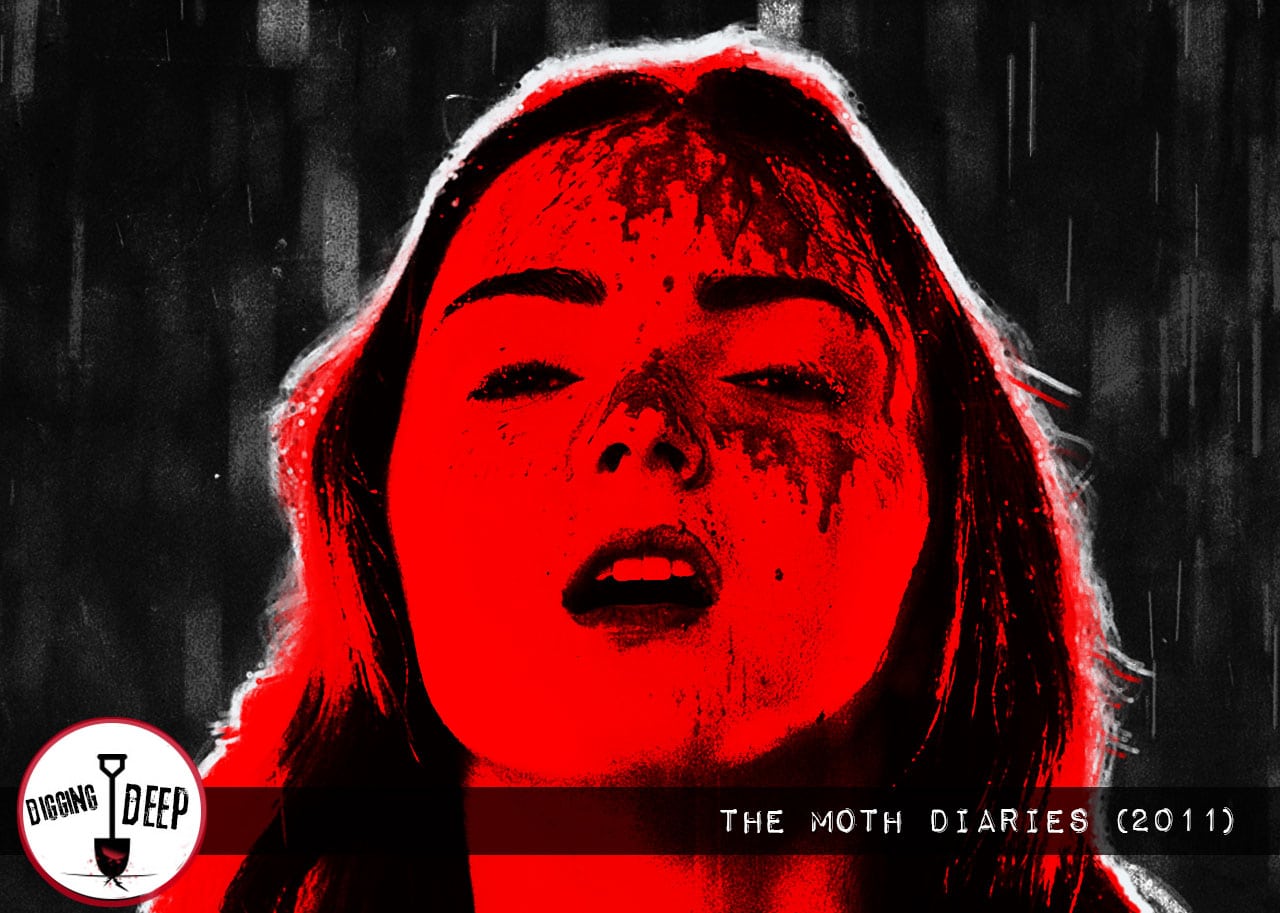
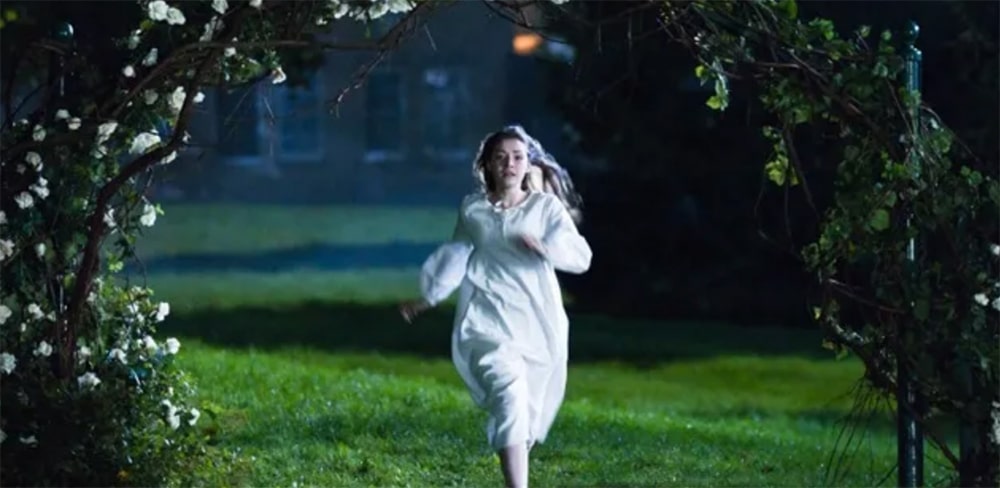
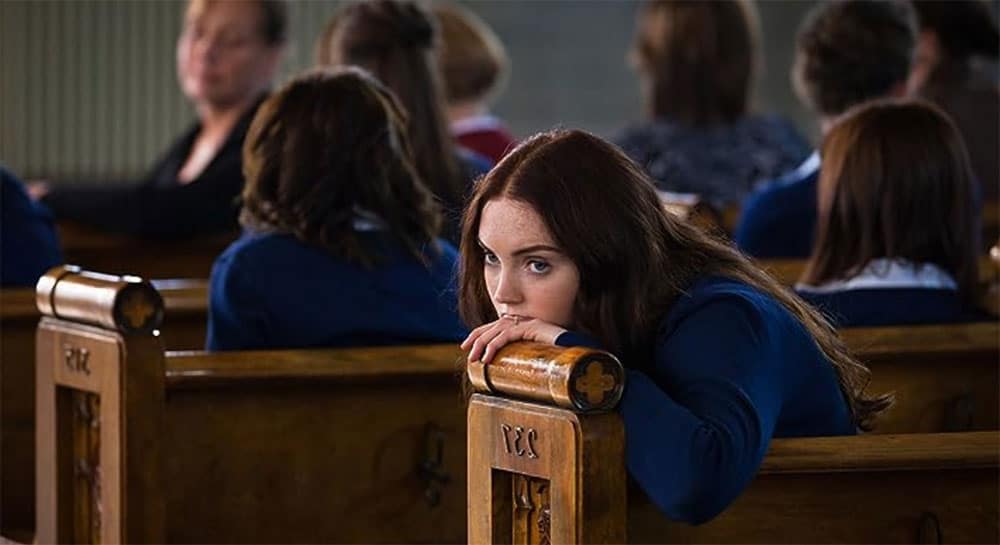
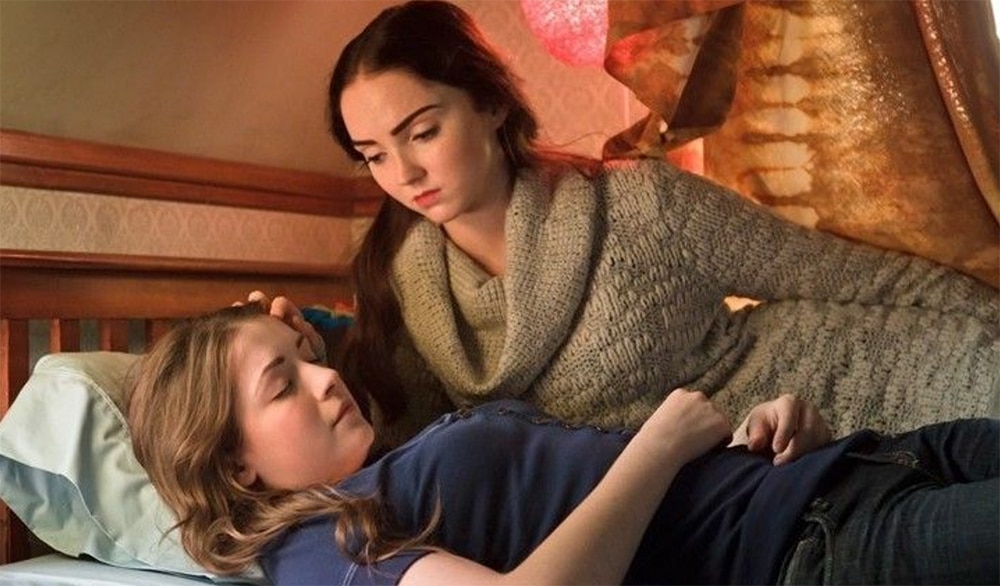

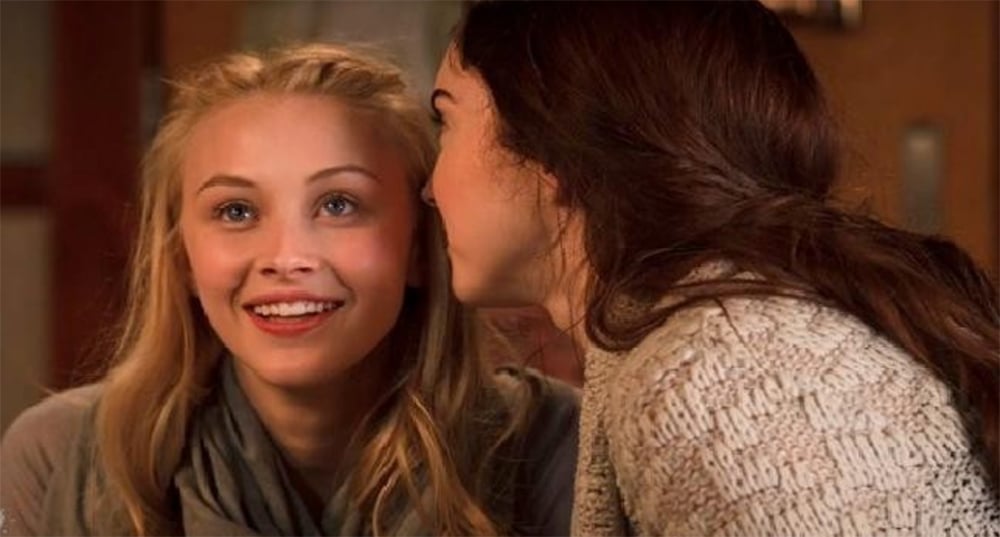
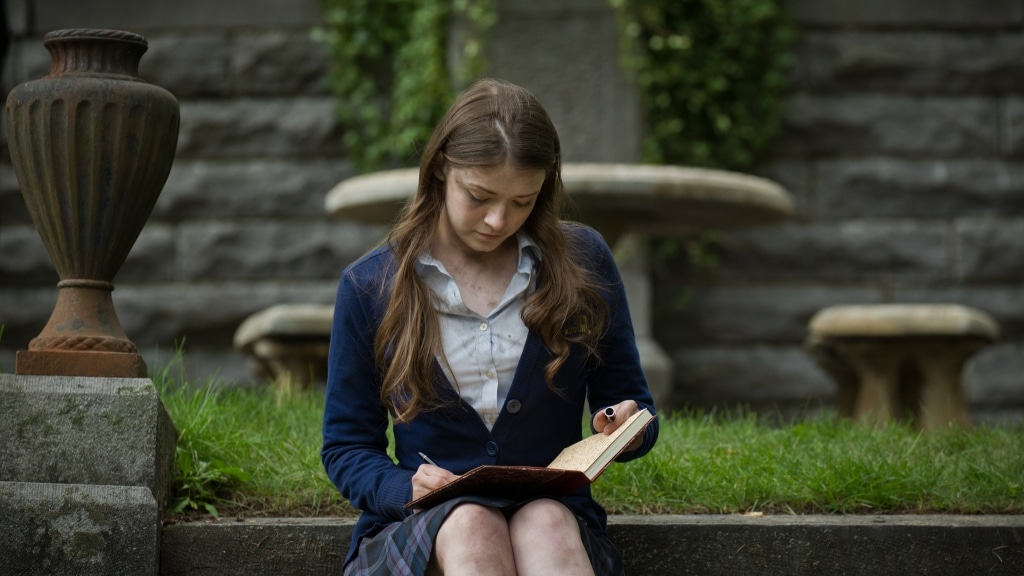
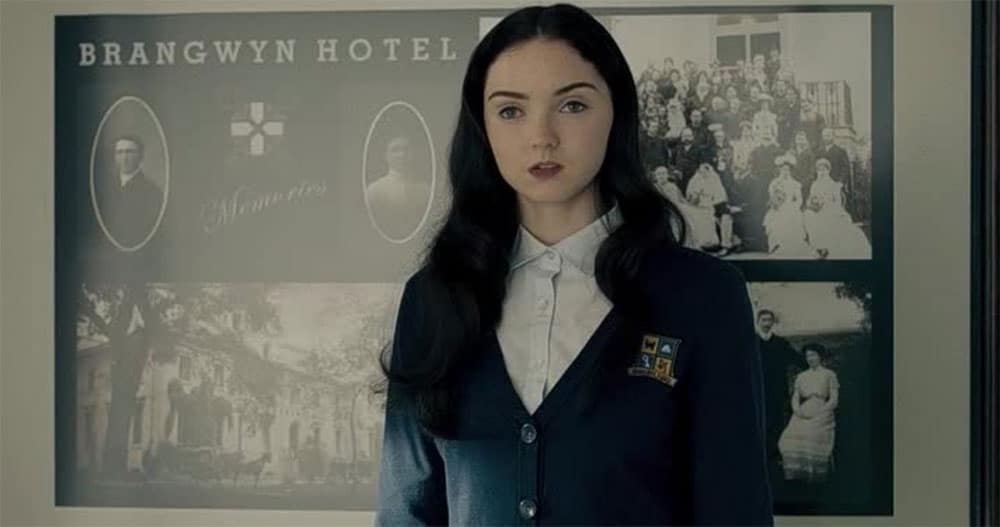











Follow Us!